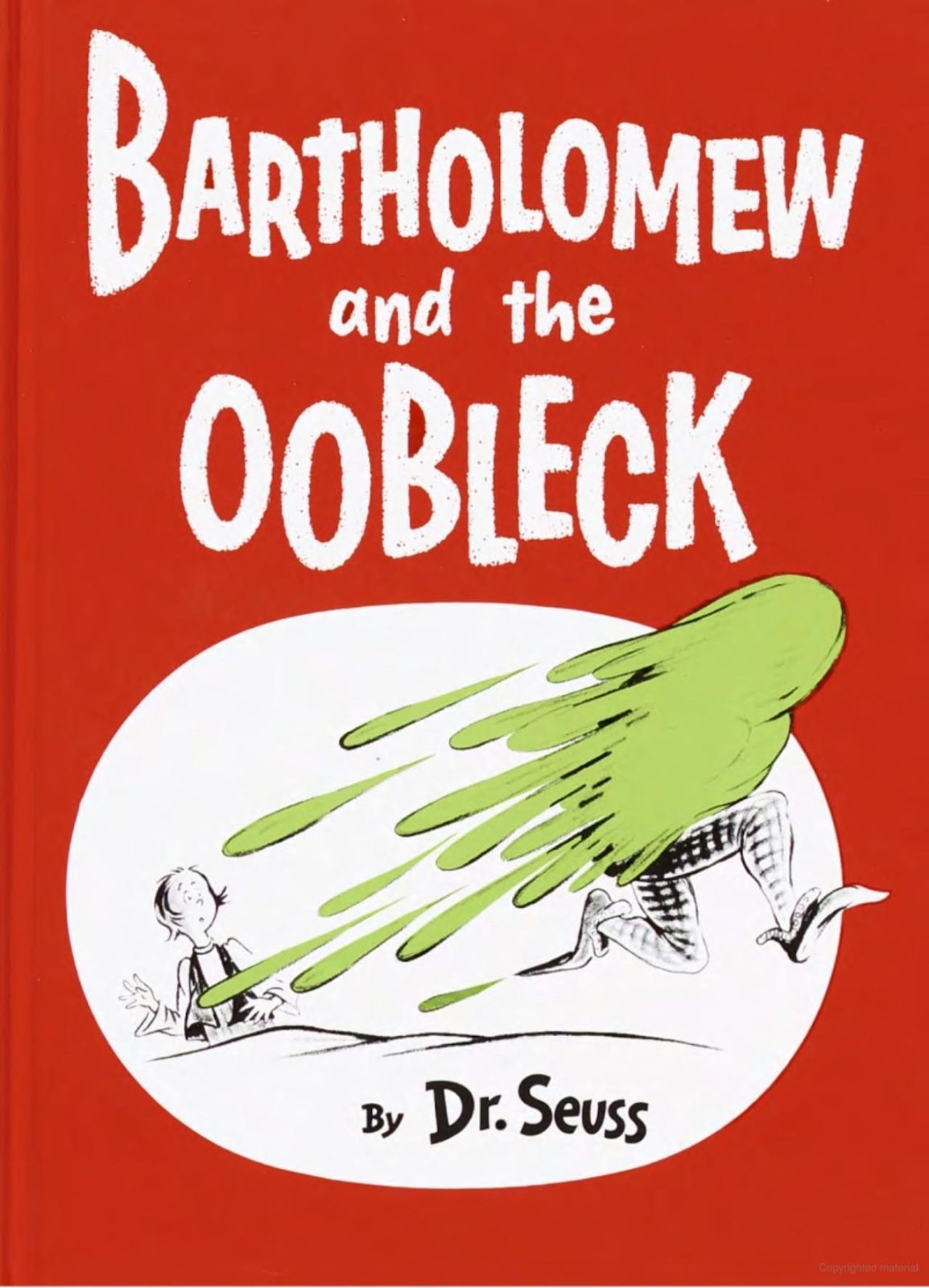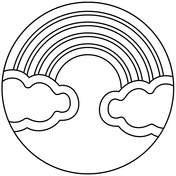Several bunnies visit us each night. They call to mind our many beloved books about rabbits: Beatrix Potter's Peter Rabbit and Benjamin Bunny, Peter Cottontail, "The Velveteen Rabbit", "The Runaway Bunny", Easter bunny stories, Richard Scarry's "The Bunny Book", I am a Bunny" E.B. (from Disney "HOP") "Guess How Much I Love You?" the bunny from "Goodnight Moon" and more! And being a former teacher and homeschool parent, and now an education blogger and second generation homeschool Omi (grama), I always think educational lesson plans.
In keeping with my story party theme, here are bunny book party ideas and rabbit themed lesson plans. I've included free printables, bunny crafts, rabbit themed snacks and games based on Beatrix Potter stories and other books about rabbits. You could use them for a Beatrix Potter or Peter Rabbit story party, Easter party or as preschool-early elementary activities. I've included cross-curricular activities for lesson plans. Homeschool parents, I know you need ways to engage all age students. So have older kids read "Watership Down." Then they can have an excuse to do these rabbit crafts! And as always, olders should help the little ones for extra learning cred!
Preschool reading activities: Have children collect all their rabbit stuffed animals and toys. Don't forget Rabbit from Winnie-the-Pooh or Thumper from Bambi. Bring animals friends to the story party! Remember to make the pillow pile I mentioned in an earlier post. Children will listen better if they can snuggle up with their cuddle toys. For very lil uns, read stories just before bed.
Preschool dress up activities: Printable
animal masks from
Classroom Jr. Everything is more fun when you're in costume. So let's start by
making a printable bunny mask. Here are more animal
printables from First
Palette. Print on plain paper and transfer to recycled cereal box cardboard to
make the mask more durable.
Rabbit crafts: Vintage
Easter Bunny crafts Now that kids are properly attired for the story party, let's make some Easter baskets and greeting cards. You don't have to wait for Easter to make Easter crafts and they lend themselves well to Peter Rabbit and Peter Cottontail stories. The Toymaker (link above) has free printable egg baskets, bunny cards and an
Rabbit games: Play the egg roll game
(like they play on the White House lawn) included on the Toymaker link. (Grandson Moses, I foresee a lot of fun playing this with you!)
Volunteer and Community activities: Make greeting cards from the Toymaker link. Fill baskets with rabbit themed treats (listed below) and share with a neighbor, senior, someone who is sick or disabled. Wear your bunny mask, of course! It doesn't have to be Easter to bring some bunny luv!
Dramatic play and fine motor activities: Make these cut and paste 3D
Paper Bunny Crafts and then use them to act out stories after reading them. Pass out baby carrots for theater snacks! Homeschool parents, engage the baby by making her the audience and theatre critic!
Art lesson plans: Paper
Bunny Toy Mania DL-TK,
those wonderfully crafty folk, have a blowout of Easter bunny coloring pages,
masks, paper ears, stand-up toys, pop up crafts and much more. I love how easy
these are to make. Perfect for preschool, toddlers, babies and special needs children who need
no-fail activities. (Grandson Ezra, I look forward to seeing you in rabbit ears, sir!)
Math and literature activities: Peter Rabbit and The Velveteen
Rabbit (Margery Williams) has
a page on Making Friends. It's part of a complete page of free printable bunny-based
coloring pages, games, puzzles, dot-to-dot, count by number and other activities. Grandsons Milo and Lucian (the twos) you'll like the felt board games and felt board pattern printables. First School has
an educational
Peter Rabbit unit with
learning games, literature activities, writing prompts and stories.
Writing Activities: Use free printable Peter Rabbit coloring pages to create a booklet and then tell the story in their own words. Or they might use generic rabbit coloring pages to make up their own bunny book! Best idea of all is to assign children to design their own rabbit, give her a name and make up adventures for her! (Silas, I know you'll like this one!)
Bunny treats AKA snack craft (Granddaughter Lola, just for you, girlfriend!)
You'll need:
--Hostess Twinkies or Sno Balls (coconut covered marshmallow cakes) or Dolly Madison Zingers or
unfrosted cupcakes
--Handi-Snacks Oreos Dunk'Ems or white frosting
--oval cookies (Nutter Butter) or ladyfingers or graham cracker sticks, or pretzels.
--pink frosting
--red jellybeans
--coconut
--square gum pellets like Chiklets or Trident cut in half
--miniature marshmallows
To make bunny teats,
1) open Handi-Snacks and use cookies to frost cupcake or Twinkie. Or use knife or popsicle stick and plain frosting. If using pre-frosted Zingers or Sno Balls, skip to step three.
2) Sprinkle frosted cake immediately with shredded coconut.
3) Spread pink frosting on cookies or crackers for ears. If using pretzels, dip in pink frosting. Insert cookie "ears" in cake.
4) Insert two jellybeans for eyes and two gum pellets for teeth. Attach marshmallows with frosting for tail.
Science snack craft: Discuss where rabbits live (in warrens under the ground) and what they eat (herbivores eat plants, leaves, vegetables). Review Peter Rabbit and what he liked in Mr. Macgregor's garden--lettuces, French beans (green string beans), radishes and then parsley for his sick tummy. The other bunnies ate blackberries.
Collect various kinds of garden vegetables: carrots, broccoli, lettuce, beans, pea pods, cauliflower, peppers, cucumbers and celery. Include some less familiar ones: parsnips, scallions, endive, mustard greens. Set out a tray of herbs for sensory exploration. Let children herbs and vegetables. Have them touch, smell and taste and describe them. Then let them prep them for a veggie tray to enjoy. Or they might make vegetable soup.

















